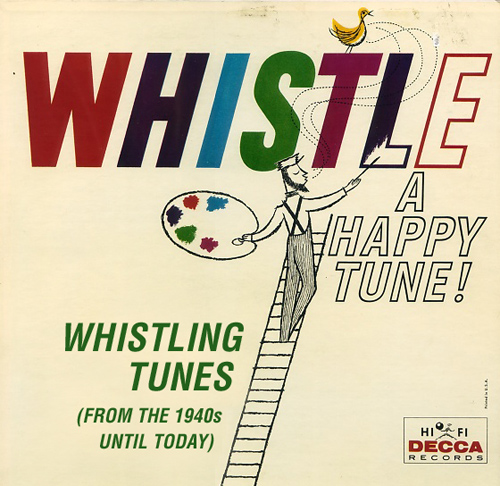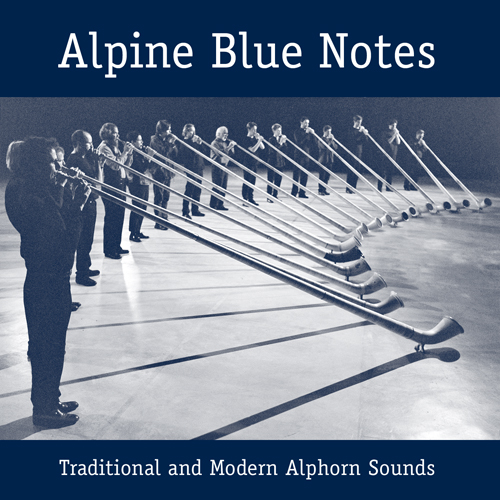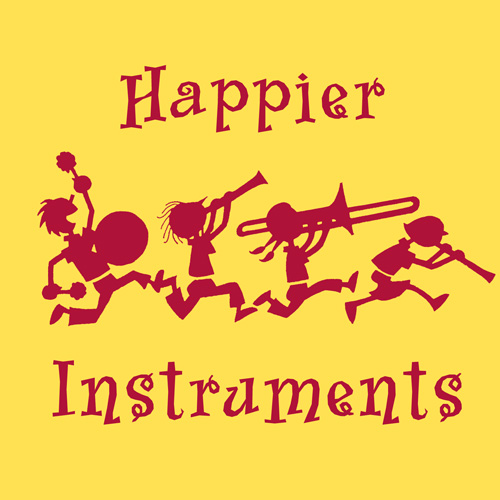Other Mixes By lanhamyodel
CD
|
Mixed Genre


CD
|
Mixed Genre


CD
|
Mixed Genre


CD
|
Theme - Alternating DJ


CD
|
Singer/Songwriter


Alpine Blue Notes
Comment:
Alpine cowherds once used it as a tool of communication with the herdsmen of the neighboring alp,then it almost died out in the 19th century, but when it was declared the Swiss national instrument in
1827 by a musicologist, the alphorn became a symbol of Switzerland.
The alphorn has no valves or finger holes. The player has to vary the pitch by adjusting the speed
and force of the lip vibrations which are transferred via the mouthpiece to the air inside the cone.
This produces so-called natural harmonics.
Originally it was the length of the particular tree used to make the horn that determined its fundamental pitch.
Today alphorns are standardized and can be played together, or with other musical instruments.
In the tempered tone system the octave is divided into 12 semitones. On the alphorn the chromatic scale
can only be produced from the fourth octave on. In the lower octaves the natural harmonics are far apart:
in the deepest register they are a whole octave apart. In the second, a fourth and a fifth can be heard, and in
the third the thirds are also there. Virtuoso players can achieve more than twenty harmonics over four and a half octaves.
Three of the tones usually played on the alphorn do not occur in the tempered tone system. The 7th natural harmonic is a slightly high B; the 11th sounds distinctly higher than F,
but too deep for F sharp, and the 13th is somewhat higher than A flat. The easiest of these three "wrong" tones to recognize is the
11th natural harmonic. It is known as alphorn fa.
Track 1: The tones outside the tempered tone system can be heard in this scale of some of the notes an alphorn can play.
Track 4: Roots of Communication's music features both alphorn and trombone.
Track 5: Stimmhorn uses a büchel here, which is a coiled, shorter version
of the alphorn.
Track 7: Mytha is one of the first jazz bands to feature alphorns. The group was founded by the Swiss trumpeter Hans Kennel
in 1990 to celebrate the alphorn's legacy and bring it into the jazz tradition. Mytha consists of five players, four of whom
double on the büchel. The combination of alphorns and büchels in different pitches provides access to a wider range of notes.
Kennel calls this "alphorn polyphony."
Track 8: In 1972 the first concerto for alphorn and symphony orchestra, by Jean Daetwyler, surprised the public
and began a new alphorn-movement
which led in Switzerland alone to more than fifty compositions for the alphorn with the accompaniment of a symphony
orchestra, wind ensemble, organ, piano and even harp.
Track 9: Arkady Shilkloper was born in Moscow and played brass instruments at the age of 6 already.
As a member of the Moscow Philharmonic Orchestra he undertook numerous world-wide concert tours in the 1980s.
"Pilatus" (a famous Swiss mountain) is from his first solo CD "Hornology" (1997).
Track 10: In 1756 Leopold Mozart wrote a Sinfonia pastorella for strings and corno pastoritio ad libitum.
This piece was composed for a Moravian herdsman's instrument, but can also be played on the Swiss alphorn.
Track 13: Circle III is a ten-minute tour de force built on a deep bass drone, played by sixteen horns in four pitches.

Feedback:
oj, very interesting
If I ever think that 50 years is enough to figure everything out I just come to Art of the Mix to learn something new and amazing. thanks!
Well blow me down! Downloading now...
As with most lanhamyodel mixes posted, the second it finishes downloading, I stop whatever I was listening and press play. This was no exception, and a terrific listen it was. Loved the way track 2 blasted in after the opener. Godd to hear some yodelling near the beginning as well. Loved the beautiful track round about the 32 min mark. All in all a great mix, and thanks for the education..
hot damn, now this looks enlightening! light the way, my good man....
My brother was married in the German Alps three years ago and there were Alphorns playing as they exited the church. A fascinating effect and a fascinating mix.
This is so cool! Talk about an underexposed instrument (at least to those of us living outside the Alps)... I can't wait to hear this auditory goody!
Talk about atmosphere! fantastic mix here my lad.
Truly astonishing - thanks for an intro to a world of music I don't believe I've ever heard before.
Makes me wonder WHAT is in the big funny pipes those guys are smoking!
Makes me wonder WHAT is in the big funny pipes those guys are smoking!
Listened to this the other day - very refreshing, and informative! I want one.



